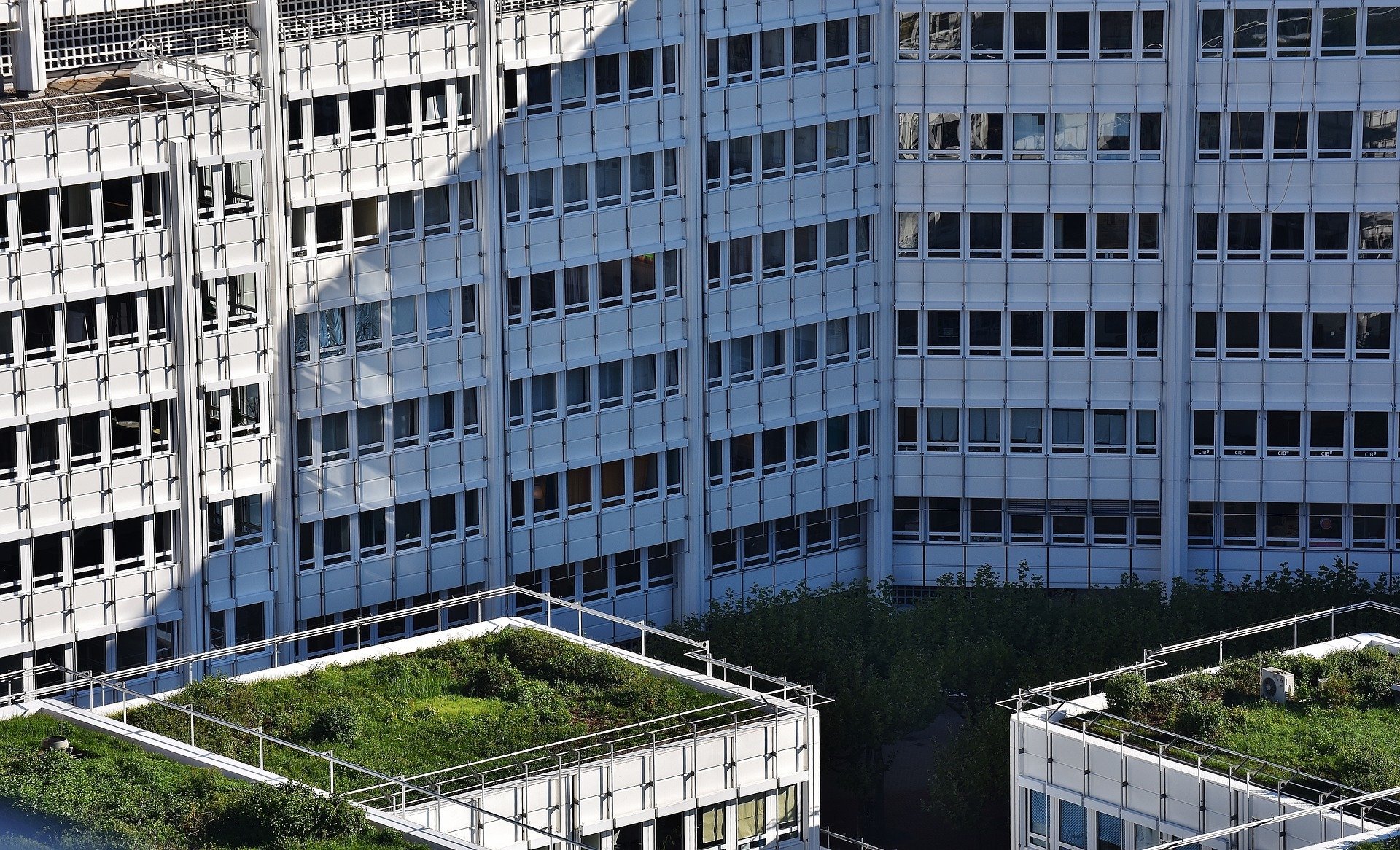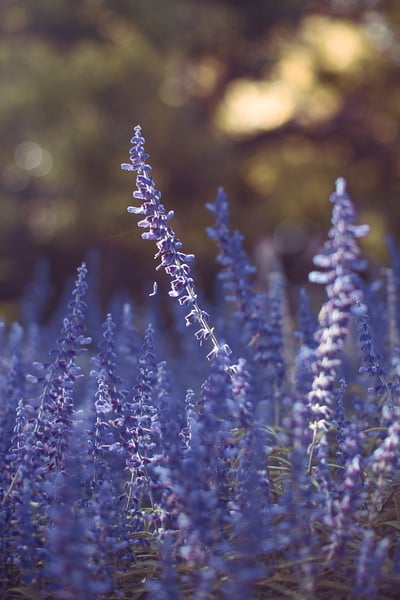
Wondering what principles go into green roof design and why they matter to urban environments more than ever? Read on.
While almost everyone has heard of green roofs at this point, the fundamentals of green roof design are a little fuzzier for most.
The basic tenets of green roof design include combining various components to create responsive, living rooftop systems. While such systems bring a wealth of perks to our urban spaces, there is one thing they do better than anything else:
They bring the natural world into the city. They begin to heal the divide between where we live and where they live. “They” being the thousands of organisms that human activity has displaced over the last several centuries.
We want them back. And green roof design is one of the best ways to achieve that goal.
The Goal of Green Roof Design Is to Mimic Nature
 Green roofs take many forms. Yet as UK green roofing company Bauder explains, some green roof principles hold true regardless of the environment, climate or intended goal of the new system.
Green roofs take many forms. Yet as UK green roofing company Bauder explains, some green roof principles hold true regardless of the environment, climate or intended goal of the new system.
Most importantly, the green roof design must mimic nature’s ability to support plant life, manage the water cycle and benefit the nearby environment – e.g. by supporting birds, pollinators, plants and more.
In other words, we’re kicking flat paved surfaces to the curb and replacing them with living systems that add to urban ecology.
See ya, asphalt and runoff. Hello, green plants and cute butterflies!
Each Green Roof System Is Different … and That’s Good
When many people think of green roof systems, they see that flat, sedum-covered environment.
Yet while extremely effective, that is only one kind of green roof. Any system that replaces paved rooftop spaces with lush growing environments can count. That includes traditional gardens – which many roofs are capable of supporting – as well as turf, clover or mixes of grasses and succulents.
The upshot is that, depending on the specific space, you can achieve similar results with a wide variety of benefits. These include:
- Helping to minimize the impacts of stormwater, such as disease, pollution and erosion
- Moderating energy use on floors directly below green roofs
- Providing habitat for pollinators, which deliver a full three quarters of our food supply
- Reducing the urban heat island effect
- Giving migratory birds a place to stay along the way
We’re just going to speak for everyone here when we say, that’s pretty freaking cool.
Even better is the fact that, depending on your individual space, microclimate and goals, your green roof can bring a slightly different array of benefits to the city. Once we all pitch in, creating spaces that match our own aesthetics and causes, we will truly start melding city and nature and benefiting our urban ecology.
Want to help bring these benefits to your own city? We’d love to help, so give Ecogardens a call today.

